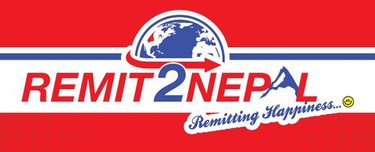Understanding Anti-Money Laundering Policies
Money laundering is the process by which illegally obtained funds are given the appearance of having been legitimately obtained. Every year, huge amounts of funds are generated from illegal activities such as drugs trafficking, tax evasion, smuggling, theft, terrorism, arms trafficking and corrupt practices. These funds are mostly in the form of cash.


Stages of Money Laundering
Sources of Money Laundering
Money laundering may not just involve wealth related to Drug Trafficking, Terrorism financing, etc. List of crimes identified as generators of criminal wealth also include:
.illegal arms sales,
Organized crime including drug trafficking and prostitution,
Embezzlement & Tax evasion,
Smuggling (including movement of nuclear materials),
Counterfeiting (including making of imitation and copies of original products/goods),
Fraud, especially computer-supported fraud,
Benefiting from insider trading,
Bribery and kickbacks.
Placement: This is the first stage where illicit funds are separated from their illegal source. Typically placement is the stage when illegal funds are placed into the financial system. Some of the common methods are as follows:
Structuring (Smurfing) – Involves breaking high value transaction into many small value transactions that may involve numerous accounts of the same person or various persons,
Taking loans and making accelerated loan repayment,
Purchase of valuable assets or commodities.
Layering: This stage involves the process of creating multiple layers of transactions to distance the illegal funds from their illegal sources. The purpose of layering is to obscure or to make it difficult to trace the origin of the funds. Examples are:
Multiple transfer of Money,
Repeat invoicing for the same transaction,
Re-sale of assets originally purchased in cash (illicit funds) for cheque or electronic bank transfer
Integration: This is the final stage that completes a money laundering operation where laundered proceeds are successfully integrated into the economy as legitimate funds. The transaction normally involves buying properties or high value items or engaging in legal business. It is difficult at this stage to detect the illegal funds as the funds would appear legitimate. Integration normally involves the following activities:
Trading activities that involve invoice manipulation to remit money abroad,
Engaging in legal business by providing capitals or loans,
Buying properties or high value items.
Meaning of Money Laundering

Anti-Money Laundering
Understanding money laundering and its implications for financial integrity and legal compliance.
Get In Touch
24/7 Assistance
© 2025. Remit2Nepal. All rights reserved.
Head Office : Chakupat-10, Lalitpur
Near Pulchowk Campus
Phone : +977-1-5269598 / 493
Email: info@remit2nepal.com.np
Quick Links
+977-9861355555
